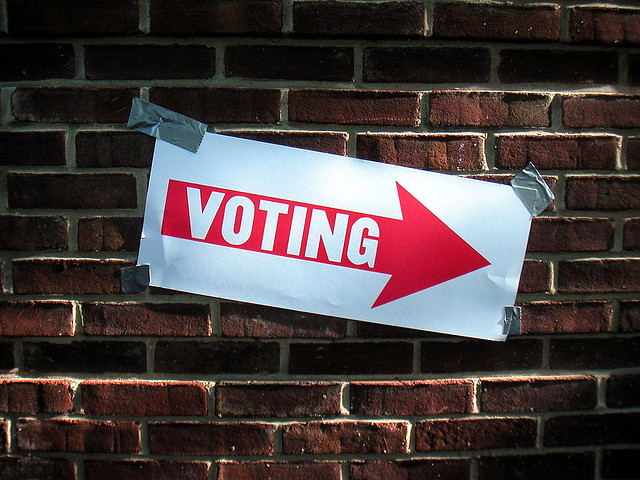Chip in to support rabble’s election coverage.
The October 19 election will be the first to happen under the Harper government’s controversial Fair Elections Act.
Justice David Stinson of the Ontario Superior Court recently denied an injunction sought by the Council of Canadians and the Canadian Federation of students, meaning the act will be in full force on October 19.
It has been decried as a piece of legislation that suppresses votes. This is because of stricter identification requirements that will disenfranchise students, Indigenous people, seniors and the homeless.
Meeting the new identification requirement is easy if you have a valid driver’s license. If you’re part of the 20 per cent of Canadians that don’t, it’s trickier.
1. Identification
Voters now need to bring identification that specifies their name as well as address.
A driver’s license or provincial/territorial ID card fulfills both these needs. If you don’t have either of those, you can use one piece with your name and a second with your address. Elections Canada gives the example of a health card and a phone bill.
Although the Fair Elections Act eliminated the vouching option, voters can still take an oath at the polling station to verify their address. You must bring two pieces that confirm your name and have someone attest to your address. This person must have proof their own identity and address and be registered in the same polling division.
Your voter information card that comes in the mail cannot be used to corroborate your identity as it was in the 2011 election.
A complete list of acceptable combinations of identification is listed on the Elections Canada website here.
2. Register
In order to vote, you must be registered. You can do it online via Elections Canada here. If you do not have a driver’s license or provincial/territorial ID card you will need to print out the form and mail it to Elections Canada, so be sure to leave time.
3. If you’re a student, decide on your home address (you can only have one)
Elections Canada says that students who live in two places (one while at school and one while not at school) need to choose which address they consider home and use that one to register.
Elections Canada has some tips for students here, including using your student card to prove your name and how to request proof of address from your campus residence.
4. Request any accessibility services
Elections Canada lists several accessibility services on their website here. Most are available on Election Day, such as braille lists of candidates, braille voting templates and assistance in marking a ballot.
If you need sign language interpretation, however, this service must be requested in advance.
5. Go vote
There are several ways to cast you ballot this election. They include voting on Election Day at your polling station, voting at your polling station on advance polling days. You can vote by mail or at any Elections Canada office across the country as long as you submit an application for a special ballot by the Tuesday before the election.
Megan Devlin is rabble’s news intern for 2015. She hails from Toronto, but she’s starting her Masters in Journalism in Vancouver. She got her start in journalism working at the Western Gazette where she was a news editor for volume 107 and online associate editor for volume 108.



